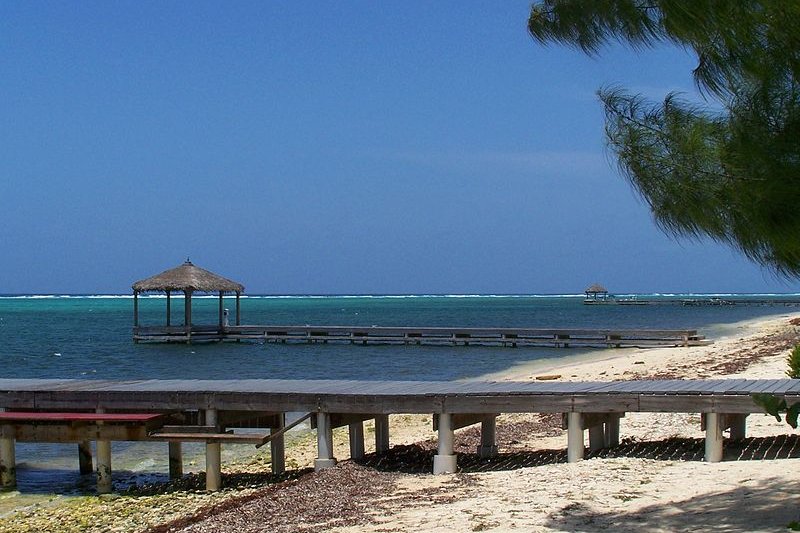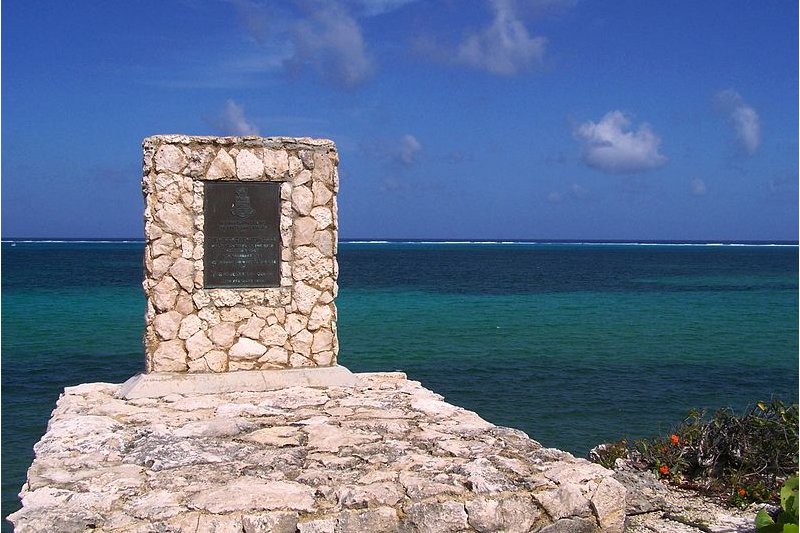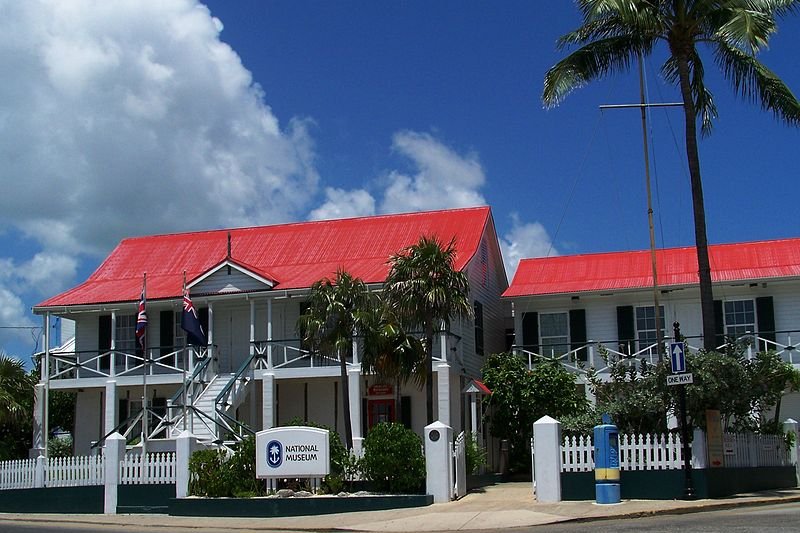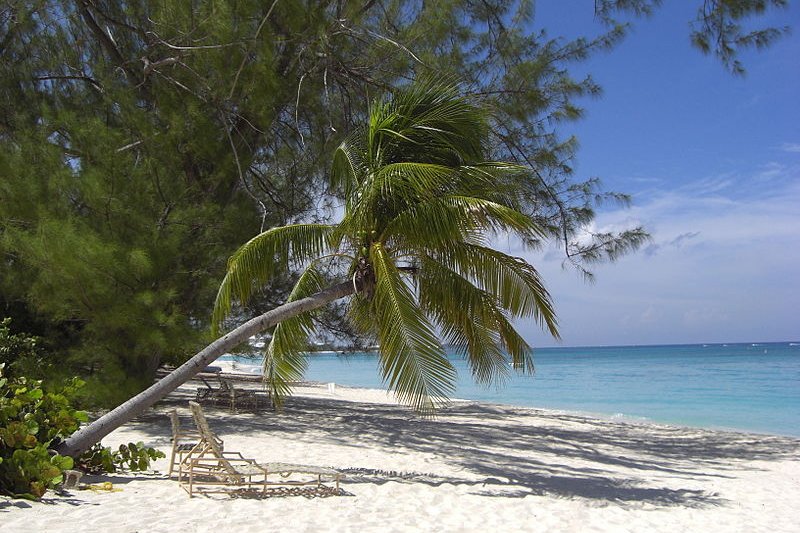 Piers at South Sound, Grand Cayman
Piers at South Sound, Grand CaymanSource: https://commons.wikimedia.org/wiki/File:Red_bay_dock_and_piers.jpg
Author: Lhb1239

Cayman Islands is a cluster of islands in the Caribbean Sea. It is located to the south of Cuba, to the northwest of Jamaica, to the northeast of Honduras and the the east of the Yucatan Peninsula of Mexico. It covers 264 sq km (102 sq mi) and has a population of 55,000 people (2012 estimate). The capital is George Town.
Cayman Islands comprise three main islands namely Grand Cayman, Cayman Brac and Little Cayman. It was sighted by Christopher Columbus on 10 May 1503, during his fourth and final voyage to the New World. He named it Las Tortugas, meaning "the turtles" in Spanish, as he saw some sea turtles from his ship.
Archaeological excavations do not yield any proof of human habitation in Cayman Islands prior to the arrival of Europeans. The islands was not settled until the 17th century, with the initial group of settlers being refugees fleeing the Spanish Inquisition. It was also the time of the English Civil War, and the islands received deserters from Oliver Cromwell's Parliamentarian army fleeing Jamaica. Added to this mix were those who survived shipwrecks off the coast.
 Memorial to the Wreck of the Ten Sails placed in 1994 during the visit of Queen Elizabeth II
Memorial to the Wreck of the Ten Sails placed in 1994 during the visit of Queen Elizabeth IISource: https://commons.wikimedia.org/wiki/File:Memoral_Plaque_Wreck_of_the_Ten_Sail.jpg
Author: Lhb1239

 Cayman Islands National Museum
Cayman Islands National MuseumSource: https://en.wikipedia.org/wiki/File:Cayman_Islands_National_Museum_-_George_Town,_Grand_Cayman.jpg
Author: Lhb1239

For as long as there was recorded history, Cayman Islands residents have enjoyed tax exemption. This is traced to 1794, when the islanders rescued the crew of the HMS Convent, which carried Prince William, son of King George III, an incident remembered as the Wreck of the Ten Sail. In gratitude, the king decreed that income tax would never be introduced to Cayman Islands.
Due to the tax-free status that the Cayman Islands enjoy, many billionaires from around the world are flocking to the islands to avoid the steep tax bills that befall them every year in their home country. Because the United States - amongst other countries - is a nation considered to be highly developed with regards to taxes, many millionaires who love the idea of free taxes are gazing upon the Cayman Islands with envious eyes.
The Cayman Islands is today a British Overseas Territory headed by a Governor and a Premier. One of the wealthier countries in the world, it enjoys a per capita GDP of $47,000 (2010 estimate). This gives it the highest standard of living in the Caribbean. The official currency here is the Cayman Islands Dollar (KYD), pegged to the US Dollar at 1 KYD = 1.25 USD.
Cayman Islands experiences a tropical marine climate. The wet season runs from May to October while the dry season from November to April. The island is prone to tropical cyclones between July to November.
 Beach on Grand Cayman
Beach on Grand CaymanSource: https://commons.wikimedia.org/wiki/File:Playa_de_Gran_Caim%C3%A1n-Islas_Caim%C3%A1n01.JPG
Author: Poco a poco

Towns and Islands in Cayman Islands
- George Town - capital
- Bodden Town
- Cayman Brac
- Grand Cayman
- Little Cayman
- West Bay
Places of Interest in Cayman Islands
- East End Light
- Seven Mile Beach
Preparing Money for your trip to the Cayman Islands
The currency used in the Cayman Islands is the Cayman Island dollar (KYD). Latest updates on Penang Travel Tips
Latest updates on Penang Travel Tips

Copyright © 2003-2025 Timothy Tye. All Rights Reserved.

 Go Back
Go Back